10 Important Things Deck Officers Must Check During Cargo Watch
Container vessels usually follow a tight schedule of ports of call. They presumably follow one fixed route with certain numbers of ports, which are likely to be changed as per the interest of the company.
During the port stay of the vessel, the deck officers are in-charge of monitoring the loading and discharging of cargo and numerous other indispensable happenings onboard. Incidentally, this explains why many officers onboard find the port stays more hectic than a normal day at sea.
However, with the right knowledge and plan of action, cargo watches can be a lot easier than they seem. The notes and guidelines below on ten important things that need to be checked during your cargo watch will help you to plan and make the best out of your watches when the ship is at port.
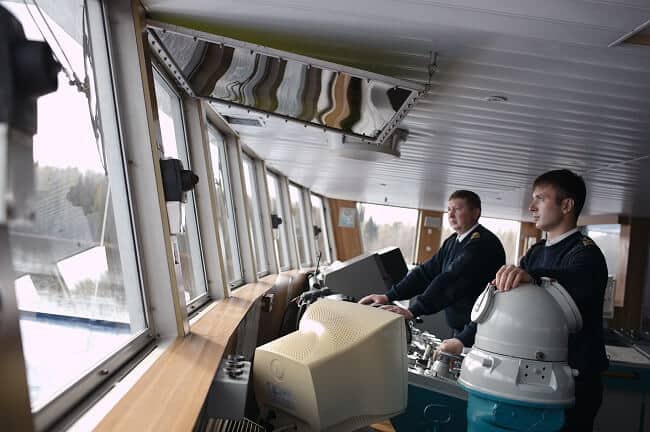
1. Plan and Monitor Loading and Discharging of Cargo
The most important factor or the ultimate reason of the port stay is loading and discharging of containers, hence the first priority should be the same.
Make sure the loading/discharge plans are ready in hand before u commence your watch. Like its always done, as you go out on deck for rounds mark out on which bays the gantry cranes are working on. It is also good to note the gantry number, as we can track the movement of gantries during the next rounds.
If practical, suggest for an even discharging or loading of cargo as it avoids listing/heeling of the vessel and avoid continuous running of Auto-Heeling system and heeling pumps. Give special attention to under deck cargo operations inside the cargo hold. Ensure safe keeping and safe removal of hatch covers without damage to ship’s superstructure.
If any cargo operation is not complying with the cargo plans, it needs to be checked with the foreman or the planner. Any damage to the ship’s structure due to rough operation of cranes should also be brought into their attention and a stevedore damage report should be made as well.
Read:
2. Have Knowledge of IMDG Containers Loaded Onboard
IMO recognized International Maritime Dangerous Goods are carried in containers onboard the vessels designated to carry them. As the name depicts, IMDG containers should be treated with utmost significance. The paper works and documentation of IMDG cargo including IMDG Spotting Plan is the responsibility of the deck officers, therefore a good familiarization of IMDG Code is strongly recommended.
IMDG are normally loaded as away as practical from accommodation, as per compliance with the IMDG Code. However, during the cargo watches duty officers need to reassure the position of each and every DG containers loaded onboard are as per the cargo plan. Any change in the same should be brought into the attention of Chief Officer and the planner. Furthermore, every box containing DG cargo should be having HAZMAT and IMO Class stickers.It is recommended to have the same on all visible sides of the containers.
Discharging DG containers with no stickers is a serious offense and the ship can be fined or arrested for the same. Hence, confirm the presence of the IMO Class stickers during the loading time. Any missing stickers should again be brought into the attention of Chief Officer and the Foreman/Planner should be informed and asked to fix it.
Read :
3. Handle Reefer Containers With Care
Reefers or the Refrigerated Containers are very sensitive cargo and hence should be handled with care. Onboard container vessels carrying reefers, there should be an electrical engineer dedicated for handling the reefers. All loading and discharging of reefers should be with the knowledge and supervision of the electrician. Ensure that while reefers are loaded and discharged the electrician is informed and readily available.
Avoid disconnecting the reefers from the power supply too early prior to discharge. It is recommended to ask the foreman to give a notice of which all reefers are about to be discharged and hence to unplug the same just before it goes out from the ship.
Be aware that the electrician is the responsible and qualified person for connecting and disconnecting reefers but in practical while handling too many reefers at once it is a good practice for officers, cadets or deck crew to help him out, however while doing so make sure you have the basic knowledge to do the same, like switching on the reefers and confirming the given set points. If you feel you don’t know it, never do it.
Any troubleshooting of reefers should be brought into the attention of the foreman/planner as early as possible.
Read:
4. Check Lashings Of Out of Gauge Cargo (OOG)
OOG means cargos which are not suitably fitted inside a container. Such cargo can be heavy machinery, spare parts, boats, yachts etc. OOG are usually loaded under deck inside the cargo hold. It can also be loaded on-top of flat rack containers, or by using wooden dunnage.
The lashings in such cargo are different from normal container lashings. In most of the cases, the stevedores working on lashing the OOG cargo are skilled and know what they are doing, but a thorough check and supervision is to be done by the duty officer. Make sure you physically checked the lashings and find them satisfactory and good enough to withstand all rough sea going conditions.
It is good to take photographs of the cargo once it is lashed and secured. If you find any defect or lack of quality of the lashing ask the foreman to fix the same.
Read :
5. Have Proper Visual Inspection of Ship’s Draught
It is nothing new that arrival draughts and departure draughts needs to be visually checked and logged down. The significance of draught not only applies during arrival and departure, but also during the whole period of time when the ship is alongside.
In certain ports, where the available depth is less, there should be a close watch on the draught and the under-keel-clearance as it can vary when large number of boxes are to be loaded, or large quantity of ballast water being taken. There should be a visual examination of the draught at least once during every watch as the draught gauges can’t be accurate always. A timely check on draught can avoid a lot of dangers while alongside.
6. Check Ship’s Ballast and List
It is normally the Chief Officer who is responsible for the ballast operations and the stability of the vessel. At the same time duty officers are required to have comprehensive knowledge about ballast operations and will be required to do so, as per chief officer’s advice. While doing ballast operations, keep a close watch on the inclinometer to monitor the vessels list. In cases, where ballast water is pumped into the same side where the cargo is being loaded the vessel can tend to list. Keep in mind that more than 1 degree of list on any side needs to b corrected in no time.
Also as practical as possible, try to minimize the intake of ballast water in ports and to use internal transfer of ballast. All ballast operations should be logged down. Make yourself familiar with the Ballast water management plans.
While de ballasting, be aware of the restrictions of certain ports where de-ballasting is strictly prohibited. Inform the chief officer if any doubts or uncertainties.
7. Check Lashings Thoroughly
Lashing is another vital factor which needs to be checked during cargo watches. It is the duty officer’s responsibility to ensure every lashing is found satisfactory. A good understanding of the vessel’s lashing plans and lashing gears is absolutely necessary.
The ‘Cargo Securing Manual’ of the ship should be read and followed. Lashings are good if they are moderately tight. Slack on the lashing bar-turnbuckle unit is not appreciated and such slack should be tightened up with spanners. Excessive force should not be used making the unit too tight and hence immobile and stiff. Any lashings found unsatisfactory or any missing lashings on certain containers should be brought into the attention of foreman. The lashings are to re-tighten and checked during the voyage as well, but it’s normally done by the deck crew.
The lashing checks are not limited to the lashing bar-turnbuckle units but also the twist locks used in between the containers. The type of twist lock weather its semi-automatic or fully-automatic depends on the ships lashing plan, but a missing twist lock between any two boxes is not a part of any plan. Therefore, any twist locks found missing should be again informed to the foreman. Also, do not forget to lock the hatch cover cleats /pins too.
It is a good practice to check the lashings as soon as it is finished, it will save the unnecessary rush during the cargo completion time.
8. Carry Out Change of Watch Procedure Without Missing Anything
Change of watch during port stays is as important as it is at sea. The relieving officer should be officially handed over with all the necessary information of the progress on deck, cargo operations, and ballast operations in detail.
It is a good practice to take a deck rounds just before the end of your watch so that the correct updated status of the cargo operations can be known. The cargo plans should be updated as well. Any bays completed off lashings are to be checked before handing over. Any out of ordinary information should be exchanged. During the change of watch do not forget to log down the end of watch along with the necessary update on cargo operations.
9. Ensure Utmost Level of Security and Safety On board Ship
Another significant element in the port stay is the ISPS policies. Security rounds and gangway watches are kept at all the times during the vessels port stay. As per ISPS Code, there are different security levels and respective security measures are to be followed. Good knowledge of the security duties and ISPS Code is strictly recommended.
The next important factor is the safety of the ship and its personnel. When the ship is alongside and cargo operations are underway, the risks of accidents on deck are more than at sea. The safety of the ship’s crew and shore stevedores are to be ensured and any unsafe working practice should be noticed and stopped.
Sign-up and download our FREE ebook: The ultimate guide to personal safety on board ships
10. Carry Out Cargo Completion Without Errors
This final phase of the port stay can be a busy one. When the cargo completion comes on your watch you have to be sure of the count of moves left.
During the last rounds, count how many more containers are to loaded on each bay and total it to find how many moves altogether are remaining.
As prior to departure, the captain is most likely to ask how many moves left, so be ready with the answer. Other than that check on the following points during cargo completion time:-
- Visually examine and note down the departure draught.
- Ensure that all lashings has been checked and found satisfactory and the lashing certificate has been signed.
- Make sure that the lashing gear boxes are going to be landed back onboard and note down the position of the same.
- Ensure that good housekeeping was maintained by the stevedores and deck crew.
- Ensure that notices to E/R and other deck crews have been given.
- Make sure the officer in charge to prepare the bridge has been informed.
- Confirm the presence of Agent and Planner of the company is onboard for final paper works prior departure.
- Confirm whether the Pilot has been contacted.
During cargo completion time if you feel that there are too many happenings onboard at the same time, call out for extra hands on deck for helping to check on loading , lashings , or any other activities.
The above points should be kept in mind as cargo watches can be a busy stretch with a lot of happenings onboard with the involvement of shore persons. But when you have the knowledge and know what you are doing, nothing should be a problem.
While having a busy watch during a port stay, find time for yourself to get proper rest and also to get a chance to go ashore, as these are some of those opportunities that seafarers get. Ensure to make the best out of the port stay and enjoy your work.
Do you know any other important point that should be added here? Let us know in the comments below.
Latest Ship Safety Articles You Would Like:
Do you have info to share with us ? Suggest a correction
Subscribe To Our Newsletters
By subscribing, you agree to our Privacy Policy and may receive occasional deal communications; you can unsubscribe anytime.
Web Stories



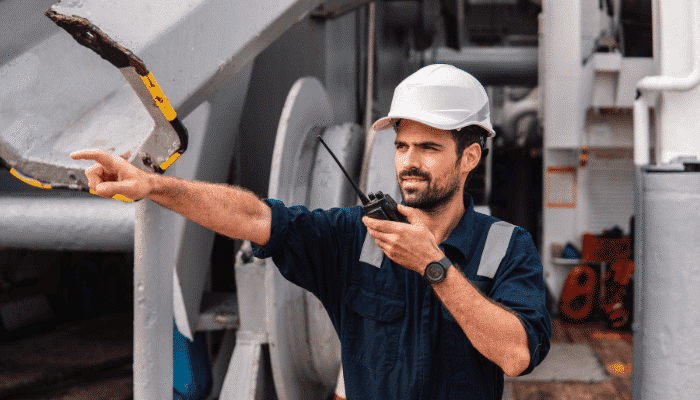
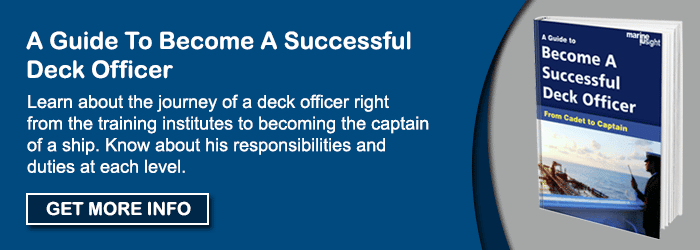
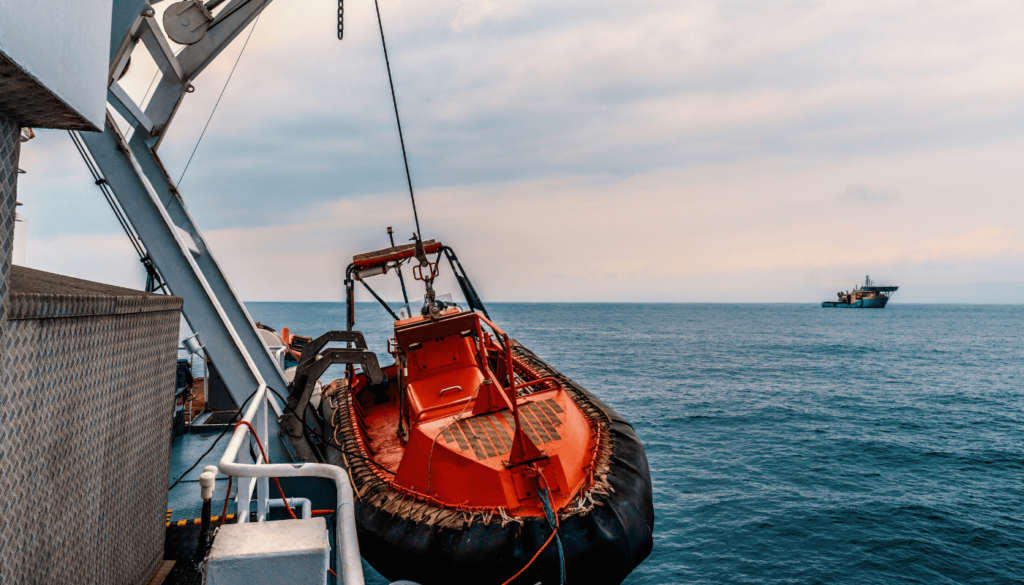
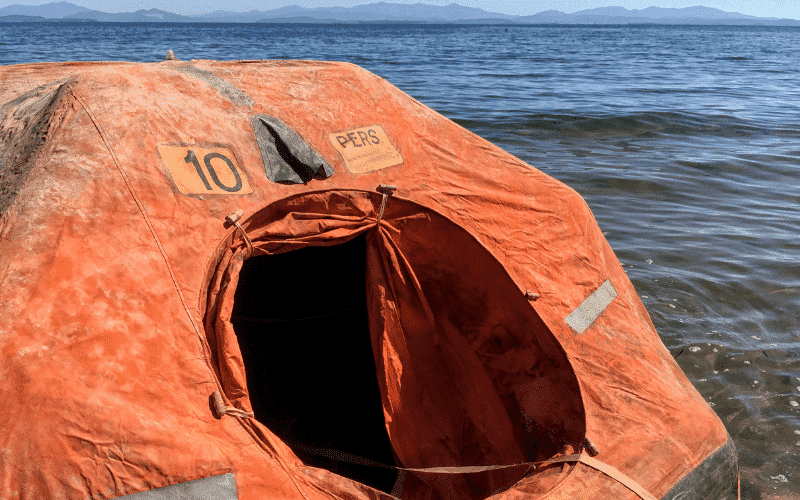
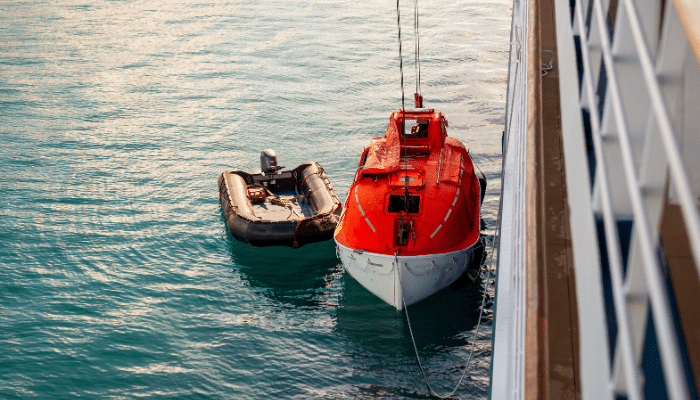
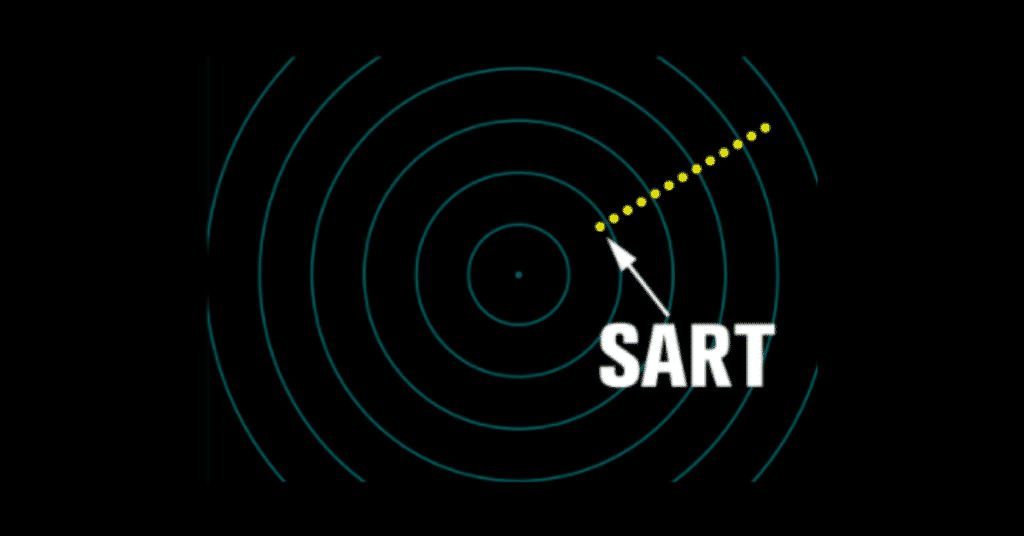
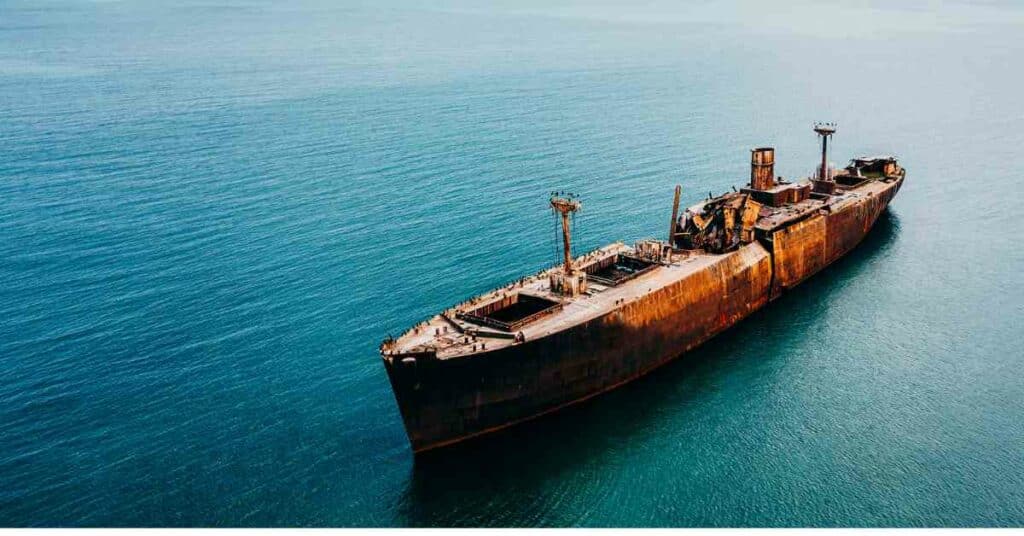

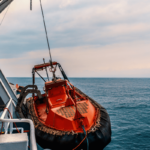
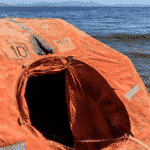
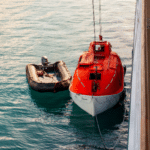
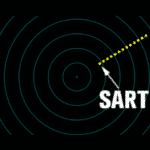
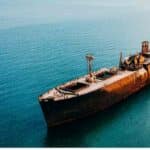

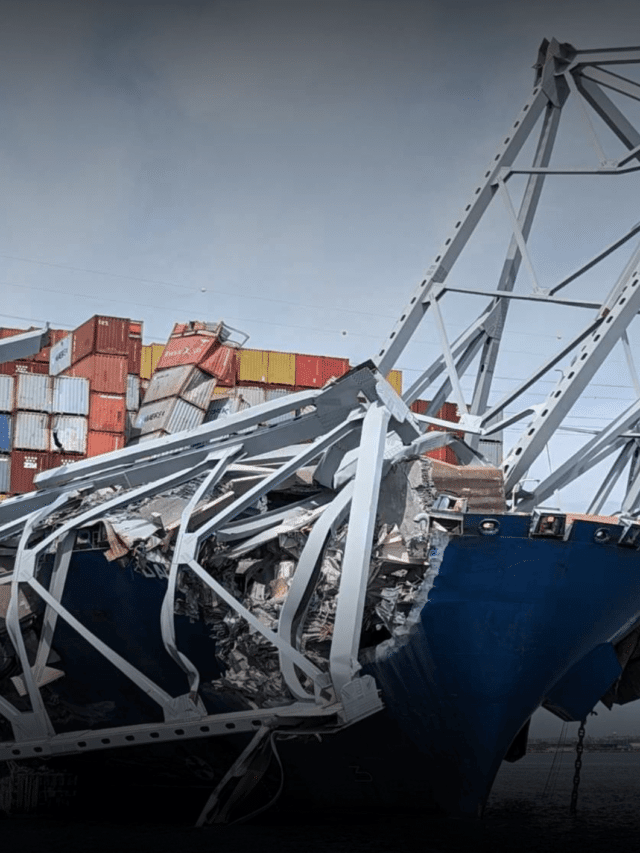


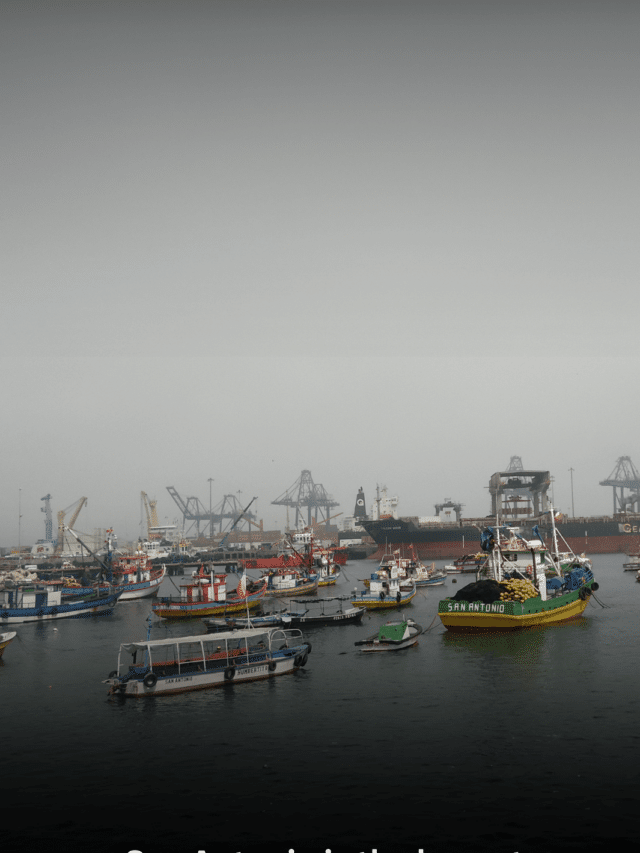

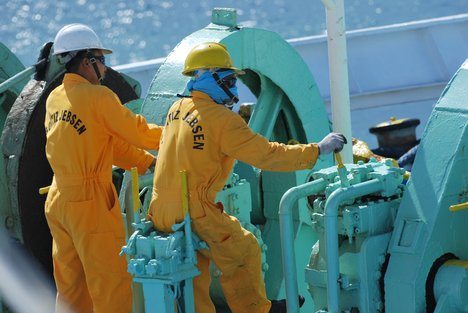
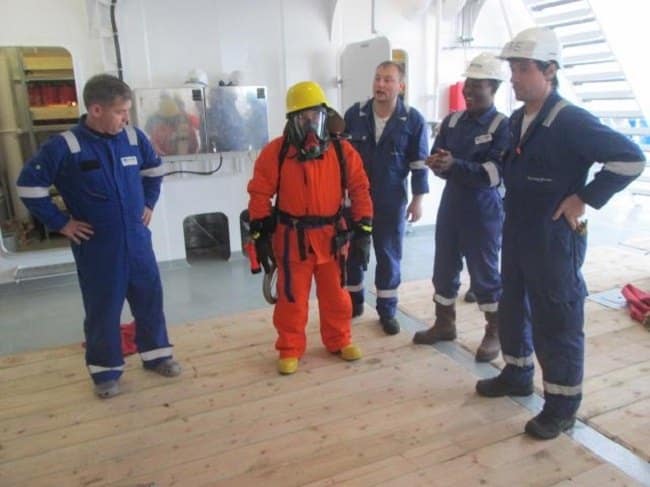
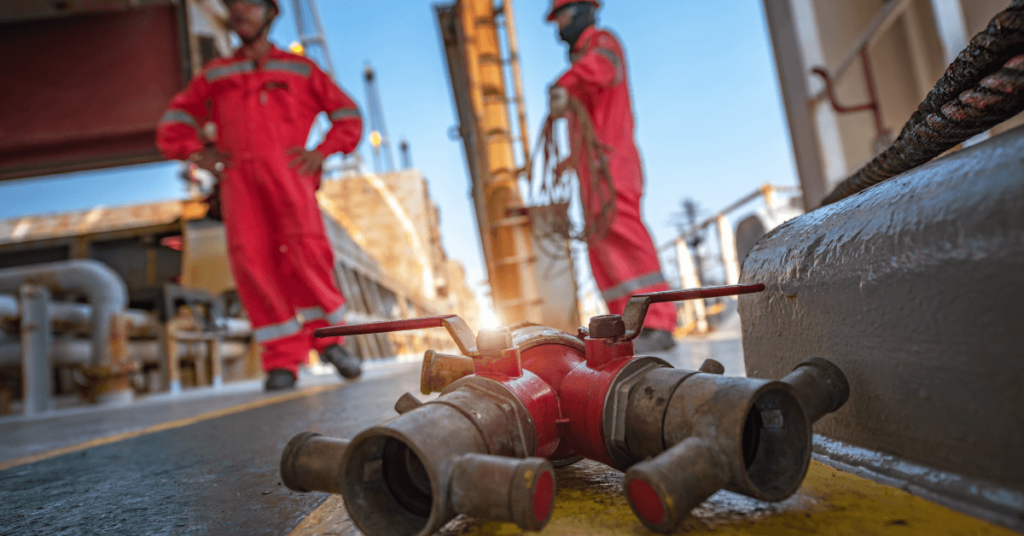
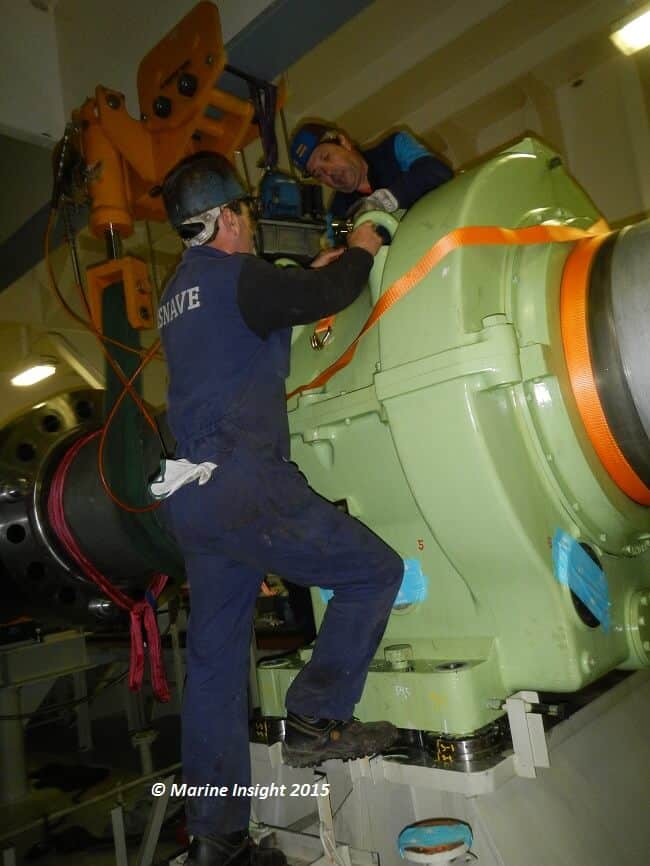
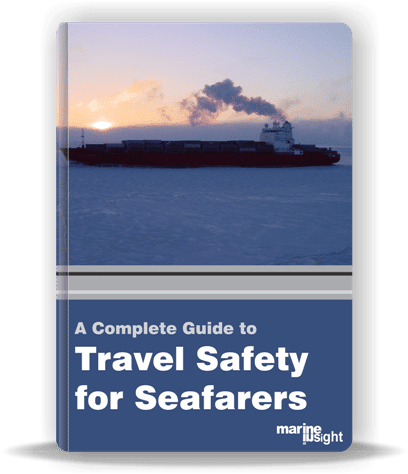
I am jones lube from delta state base in sapele looking for a job, job experience 3years as a ablesea man but for now know job
Interesting to see a bridge with a standard commercial monitor next to it. IEC 60945 rules seems not applying to the class of that vessel
Thanks for the useful information ,um a student at Maritime College (Shipping and Logistics)in South Africa, hopping to get a job next year (2017) .
Hi, can anyone advise in practical aspect how would you maintain a good cargo watch onboard large container ships? (e.g. Triple E Class)
especially when Reefers containers are loading at the cargo hatch near the funnels and DG containers are loading at forward hatch.
Am Judith from Studying maritime management in Kenya, what do you think are the the Central and front door logistics In the port?
Hi,
Important content for me. Thank you
Waht do you learned from the topics that Knowledge on the Effects of Cargo